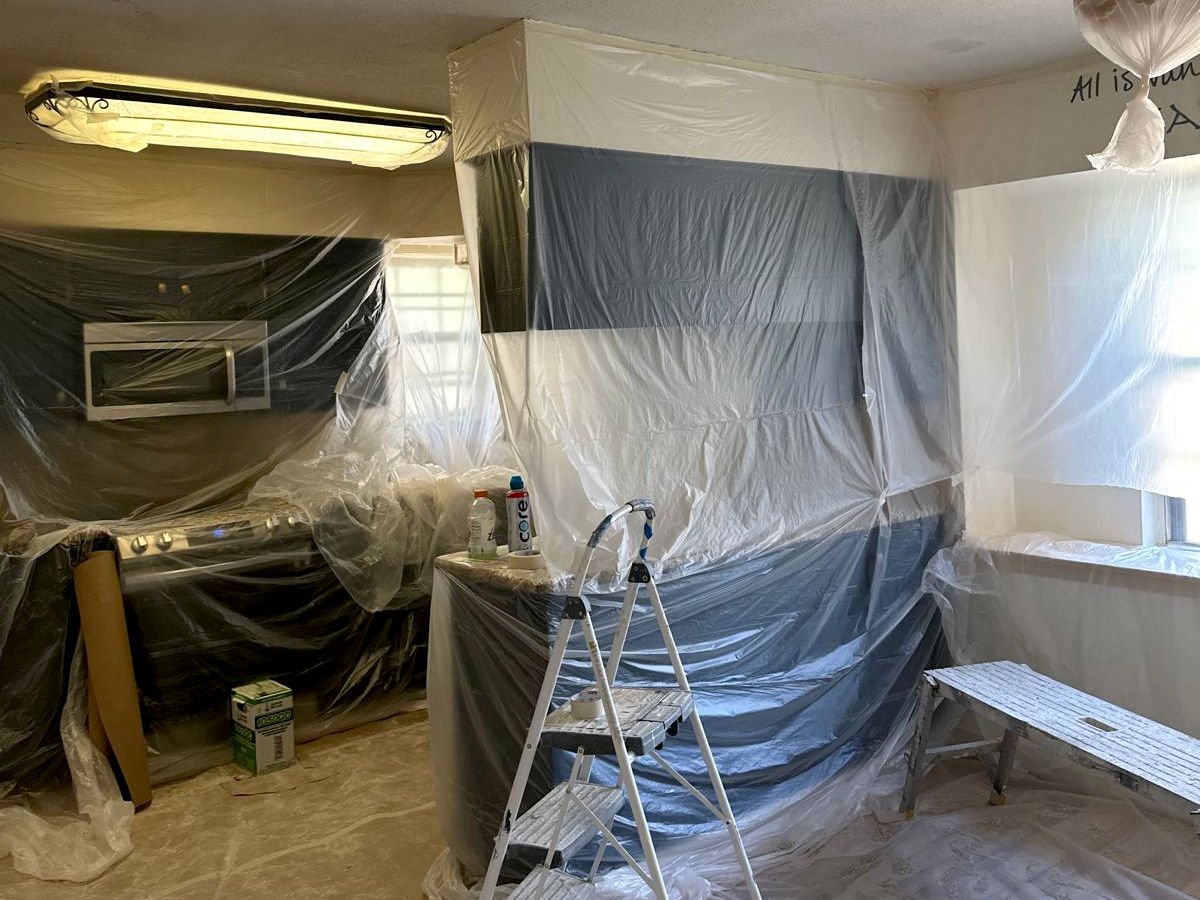Do you really need separate paint for inside and outside your home? Or is it all just marketing hype? The truth may surprise you—and it could save you hundreds of dollars and hours of frustration.
Whether you’re refreshing your living room or giving your home’s façade a facelift, choosing the right kind of paint is more than just picking a color. It’s about understanding the science, the purpose, and the performance of interior vs. exterior paint. This decision affects not only the aesthetics but also the durability and safety of your space.
Let’s break it all down, so you don’t make a costly mistake.
1. What’s the Real Difference Between Interior and Exterior Paint?
At first glance, all paint might seem the same. But under the surface, they’re formulated completely differently.
- Interior Paint is designed for a controlled environment—minimal temperature swings, no rain, no UV radiation. Its priority? Washability, stain resistance, low odor, and safety (often low or no VOCs—volatile organic compounds).
- Exterior Paint is a warrior. It’s built to endure UV rays, moisture, temperature extremes, mildew, and pollution. It has flexible binders to expand and contract with the weather and higher VOCs for durability—though this makes it unsafe for indoor use.
2. Can You Use Exterior Paint Indoors—or Vice Versa?
Technically? Yes. Should you? Absolutely not.
- Using exterior paint indoors could lead to:
- Off-gassing of harmful chemicals
- Strong, lingering odor
- A finish that’s too soft or tacky
- Using interior paint outdoors will likely:
- Fade rapidly
- Peel, crack, or blister
- Provide zero weather protection
👉 Key takeaway: Stick to the paint type for its intended environment. It’s not just about appearance—it’s about safety and performance.
3. Types of Paint Bases and Finishes—And Why They Matter
| Type | Use | Characteristics |
|---|---|---|
| Acrylic Latex | Interior & exterior | Water-based, low odor, quick drying |
| Oil-Based | Mostly exterior | Superior adhesion, strong odor, longer drying |
| Flat/Matte | Interior walls | Hides imperfections, not washable |
| Eggshell/Satin | High-traffic areas | Durable, easy to clean |
| Gloss/Semi-gloss | Trim, doors | Reflective, highlights flaws |
Don’t Settle for Paint That Fades or Flakes – Your Home Deserves Better
When you search for painting services in Tyler, TX, you’re not just looking for color — you’re looking for care, precision, and long-lasting results. You’re investing in your home’s beauty and value, and you want the job done right the first time.
4. Ingredients That Make or Break Your Paint’s Performance
Every can of paint contains:
- Pigments – Give color and coverage
- Binders – Hold the pigment together and ensure adhesion
- Solvents – Help the paint spread (usually water or mineral spirits)
- Additives – Boost properties like mold resistance, drying time, etc.
Exterior paint contains UV protectants, anti-mildew agents, and flexible resins. Interior paint focuses on being scrubbable and safe to breathe.
5. The Cost Factor: Why Exterior Paint Is Often More Expensive
You’re not just paying for color—you’re investing in chemical resilience.
- Exterior paint costs more due to:
- Specialized additives
- Higher-grade binders
- UV inhibitors
But don’t cut corners. Cheap exterior paint fades fast and chips early. Budget for quality—it pays off in the long run.
6. Brand Matters—But Not Always How You Think
Top brands like Sherwin-Williams, Behr, and Benjamin Moore have interior and exterior lines. But read the spec sheet, not just the label.
- Look for:
- Coverage per gallon
- Drying time
- Recommended surfaces
- Warranty
Some “interior/exterior all-in-one” paints exist—but they’re typically compromises, not optimal solutions.
7. Safety and Environmental Concerns
Interior paints are required to meet strict standards, especially in enclosed spaces.
- Look for Low-VOC or No-VOC labels.
- Eco-friendly certifications: GreenGuard, LEED compliant, EcoLabel.
Never use exterior paint indoors if children, pets, or people with respiratory issues are present.
8. When to Repaint: Lifespan by Type and Use
| Area | Paint Type | Lifespan |
|---|---|---|
| Interior walls | Latex | 5–10 years |
| Kitchen/Bathrooms | Satin/Semi-gloss | 3–5 years |
| Exterior wood siding | Acrylic latex | 5–7 years |
| Stucco | Elastomeric paint | 10+ years |
While paint quality and surface type impact how long a finish lasts, another crucial factor is who applies it. Professional results don’t just look better—they last longer. That’s why, when it’s time to refresh your walls, it’s worth looking into interior painting companies near me that bring experience, attention to detail, and the right prep work to every project. A well-done interior paint job can easily outlive cheaper DIY attempts by years.
Conclusion: Don’t Just Pick a Color—Pick the Right Formula
Choosing between interior and exterior paint isn’t just a matter of preference—it’s about purpose. The wrong choice can lead to peeling walls, wasted money, and potential health risks.
Buy smart. Paint safe. Think long-term.
And if you’re planning a major renovation, this is just the beginning. Watch out for our next article: “Primer vs. Paint: Do You Really Need Both?” — where we uncover another layer of painting decisions that most homeowners get wrong.

